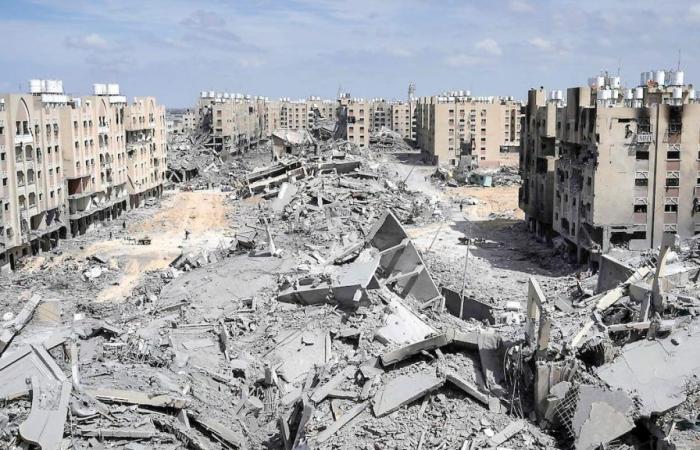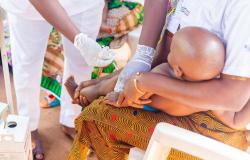If the Hamas attack on October 7, 2023 shocked a large part of the Israeli population, life in Gaza under Israeli siege also traumatized its inhabitants for years.
• Also read: [PHOTOS] Demonstration in Montreal to commemorate a year of resistance to the conflict in Gaza
• Also read: PICTURES | “Violent” Israeli strikes south of Beirut, according to the official agency
• Also read: Israel, on alert before October 7 anniversary, prepares response against Iran
“Living in Gaza, growing up in Gaza, because I often went to Gaza almost every month for several years, it’s a very special thing, it’s difficult to describe,” explained journalist Guillaume Lavallée, who has just published a new book entitled Gaza before the 7th.
According to UNICEF, the Gaza Strip is currently the most dangerous place in the world for a child.
“Childhood is so fragile. And the children in Gaza, not only have they experienced the siege, but there they are experiencing a phase of massive, almost total destruction. As to how they will grow in there, I can’t even know how the children will manage to grow properly on that,” he lamented.
From his experience, the trauma of Gazans goes back much longer than October 7, which nevertheless marked a turning point in the Israeli-Palestinian conflict.
“There we are talking about after October 7, but in the Palestinian consciousness, there are still traumas accumulated since 1948, 1967, after that the siege, after that after October 7, then all the wars in Gaza during the last decade, a little more. So what can we expect from this? What can these children hope from the world? he asked in an interview with TVA Nouvelles.
Some Gazans never even had the opportunity to leave the Gaza Strip.
“It also means, for example, for fishermen, the inability to go very far out to sea. Every day, the Israelis determined how far out to sea they needed to take their boat. It also meant, for example, living under the constant noise of drones for the population,” added the journalist.
All these parameters have put and continue to put a strain on the mental health of residents. “That is to say, how do we not go crazy when we live in all these parameters?” he asked.
Embedded trauma among Israelis
Since the attack on October 7, around a hundred hostages are still being held in Gaza. During his trip to Tel Aviv, the journalist was able to see that the question of hostages was still sensitive for the population.
One of her friends told her how she felt, almost a year after the tragedy.
“She says, ‘I know what’s happening in Gaza, but my heart, for now, is still with the hostages.’ And I think that what fascinates me is that the trauma of October 7, then I think that the Israelis will relive it, because when we celebrate an anniversary, things resurface all the time, this trauma is still anchored and is very, very strong in the population,” he continued.
The Hamas attack, which cost the lives of more than 1,200 Israelis, struck with extreme violence.
Watch the full interview in the video above






